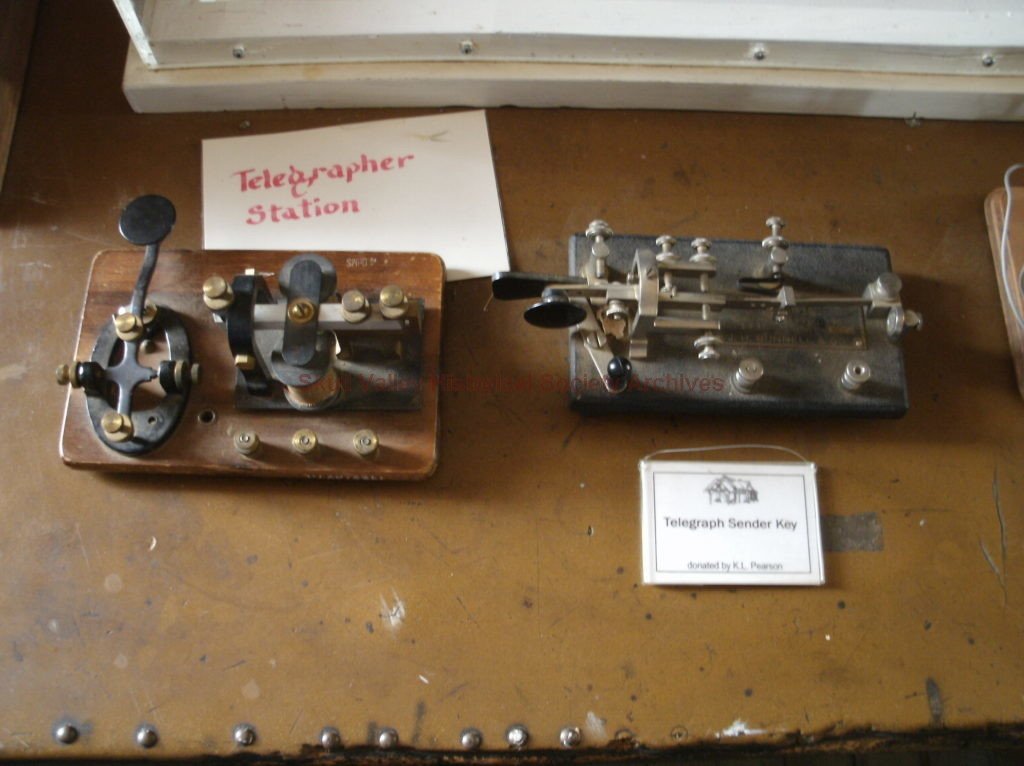
The electrical telegraph, or more commonly just telegraph, superseded optical semaphore telegraph systems, thus becoming the first form of electrical telecommunications. In a matter of decades after their creation in the 1830s, electrical telegraph networks permitted people and commerce to transmit messages across both continents and oceans almost instantly, with widespread social and economic impacts.
An electrical telegraph was independently developed and patented in the United States in 1837 by Samuel Morse. His assistant, Alfred Vail, developed the Morse code signalling alphabet with Morse. The first telegram in the United States was sent by Morse on 11 January 1838, across two miles (3 km) of wire at Speedwell Ironworks near Morristown, New Jersey, although it was only later, in 1844, that he sent the message “WHAT HATH GOD WROUGHT” from the Capitol in Washington to the old Mt. Clare Depot in Baltimore. From then on, commercial telegraphy took off in America with lines linking all the major metropolitan centres on the East Coast within the next decade. The overland telegraph connected the west coast of the continent to the east coast by 24 October 1861, bringing an end to the Pony Express.
